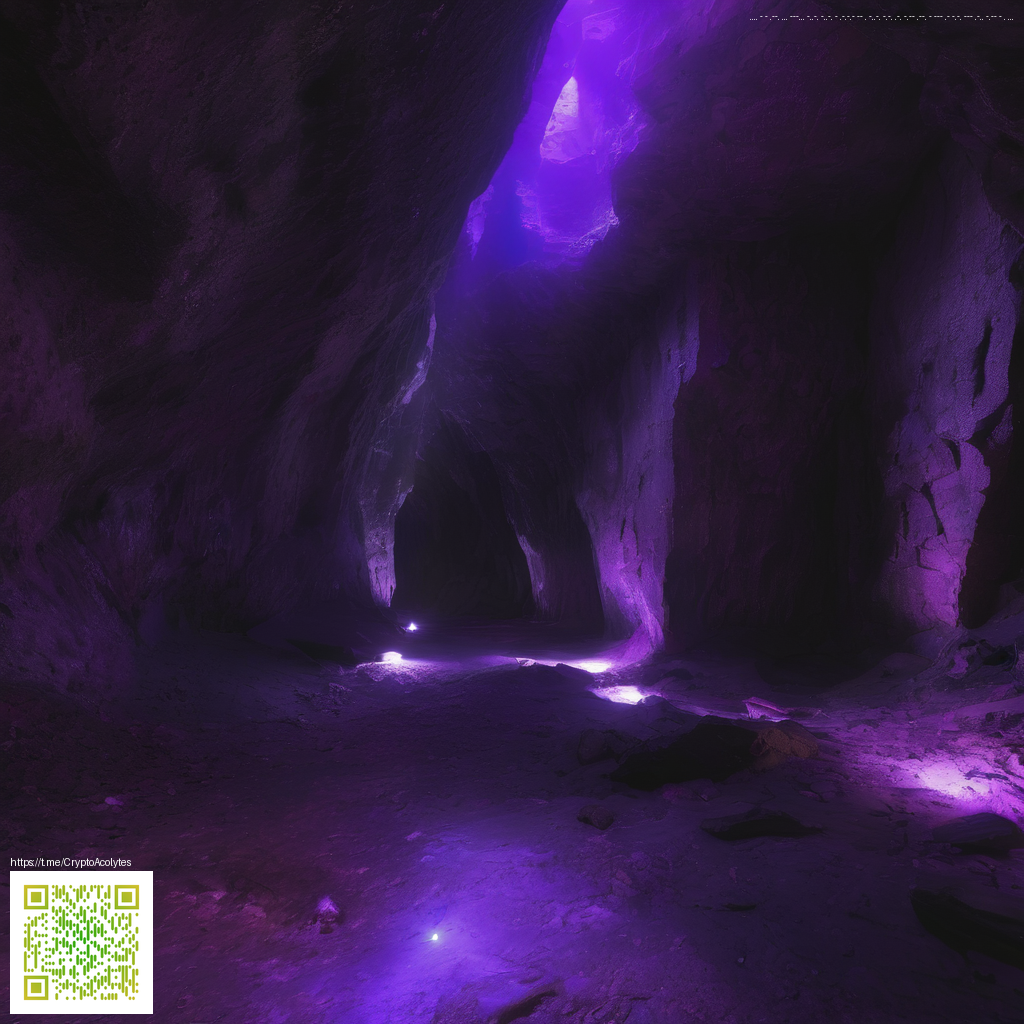
Texture as a Tool: Elevating Your Product Shots
In product photography, the backdrop is more than a passive stage—it’s a storytelling element. A carefully chosen texture can add depth, warmth, and context that helps a product read clearly and feel tangible. This concept matters whether you’re shooting a minimalist gadget or a case with card storage. For example, the Phone Case with Card Holder MagSafe Polycarbonate benefits from textures that compliment its clean lines and metallic accents without competing with them. When texture interacts with light, you create contrast and depth that can elevate the entire frame.
Start with a texture strategy
Begin by defining the mood you want to convey. Do you prefer understated modern, earthy and tactile, or bold editorial contrast? The texture should support the product’s color and material. For a sleek polycarbonate case with a MagSafe ring, a neutral texture—like a smooth linen, fine-grain slate, or soft felt—lets the hardware shine while adding subtle dimension.
- Neutral textiles: linen, cotton, or velvet with a matte finish
- Natural textures: slate, stone-look vinyl, or concrete-inspired backdrops
- Organic surfaces: wood grain, kraft paper, or cork for warmth
- Textures with gentle shine: brushed metal sheets or translucent acrylic
- Soft reflections: satin fabrics or felt to tame glare
Practical setups that stay simple
Textured backdrops don’t require elaborate rigs. Start with a clean table, a textured paper roll, or a fabric panel. Position the product on a slight incline to create a natural line of depth. Use a shallow depth of field to keep texture present, but not overpowering. A couple of white foam boards or a reflector can bounce light and soften shadows, helping the texture read nicely in close-ups and hero shots alike.
“Texture should support the product, not compete with it.” When you balance texture with soft, directional lighting, the subject remains the star.
Lighting, color tempo, and consistency
Lighting is what reveals texture. Aim for a gentle, directional light that brushes across the surface to highlight micro-details without creating harsh hotspots. Maintain a consistent color tempo across shots: a cool gray backdrop paired with a warm fill can make the case corners pop while keeping the overall mood cohesive. Don’t overlook white balance—the right WB keeps texture from leaning toward green or orange and preserves true color fidelity.
As you experiment with textures, consider how the backdrop translates across platforms—e-commerce, social feeds, or a lookbook. A well-chosen texture adds tactile appeal that translates even on small screens, nudging viewers toward a purchase without shouting for attention.
For a tangible example, think about how a textured gray slate backdrop can complement the metallic MagSafe ring and the polycarbonate body of the product. It’s enough texture to guide the eye, without stealing focus from the device itself.
Similar Content
Explore this page for more texture-inspired ideas: https://00-vault.zero-static.xyz/c5ec9bfd.html